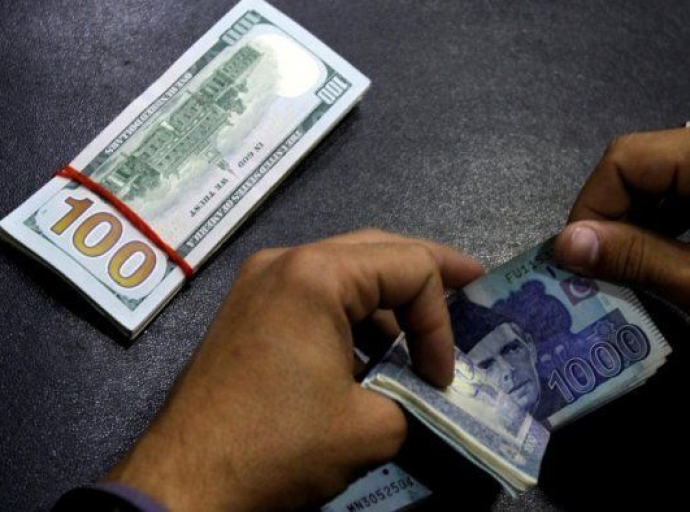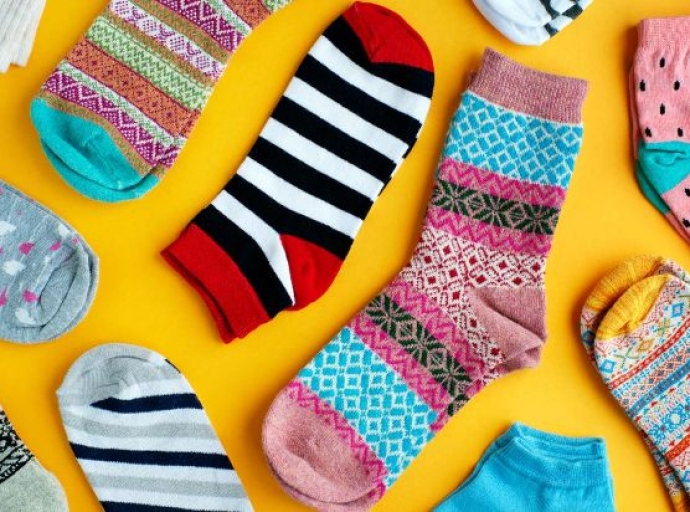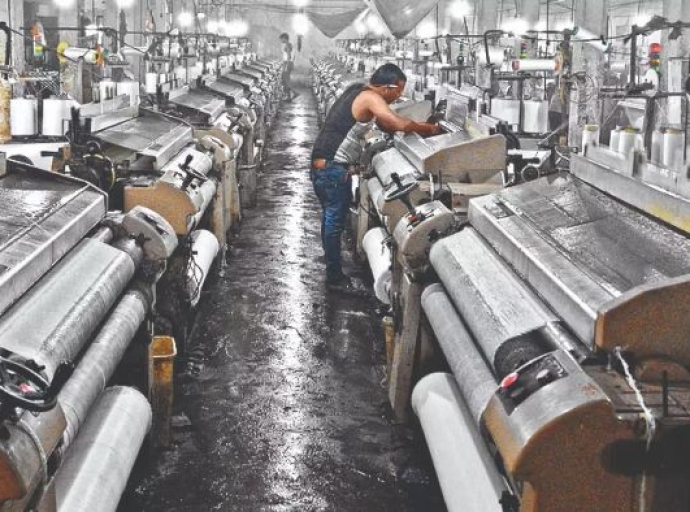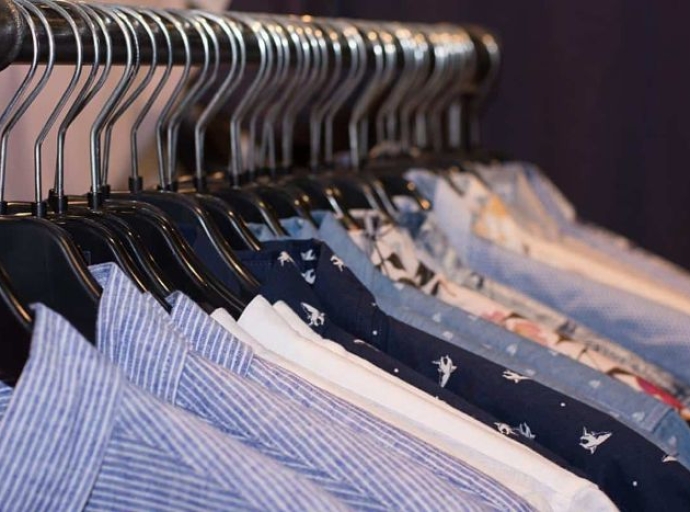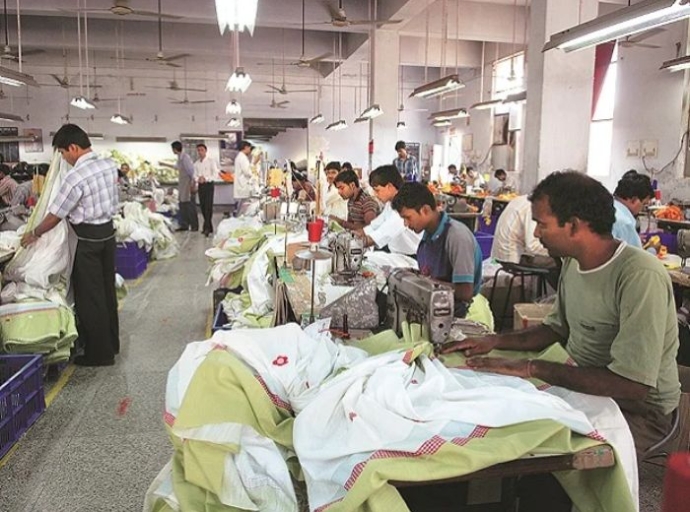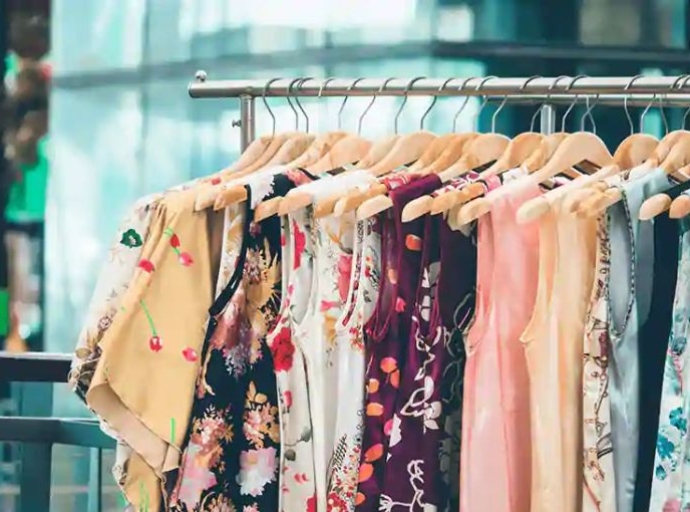06 February 2023, Mumbai
The last full Union Budget before the next general election in 2024 is a mixed bag so far as the Indian textile and apparel (T&C) industry is concerned.
The underlying stated policy objective here was to trigger a concomitant rise in job creation.
The budget delivered a very good message that the govt focus on microeconomics is very close. Unquestionably Finance Minister Nirmala Sitharaman’s focus on proven and trusted infrastructure, investment, green growth, youth power, and inclusive development approach has got an unequivocal thumbs-up from across the trade & industry Pan India as both stated intent and measures announced have broadly gone down well and is a +ve for consumption growth for the economy.
In the hindsight: The industry ask
The sector urged to raise interest subvention to 5 percent, as it stands at 3 percent presently, and also stressed that the government needs to provide wage subsidies to sustain the lives of these factory workers for at least a year.
Tirupur Exporters Association (TEA) had submitted a pre-budget memorandum to the FM putting out the issue of increasing the interest benefit under the Interest Equalization Scheme to 5 percent across the board to give impetus to the knitwear hub.
The revival of apparel manufacturing in India is vital as it has a significant number of female employees who are the sole breadwinners in their families. Additionally, an amnesty scheme for defaulting exporters was featured expecting this to help these exporters bounce back/turn around in fortunes.
The sector has also urged the Amended Technology Upgradation Fund Scheme (ATUFS) to not only provide incentives for digitalizing manufacturing processes but also help in funding research in quest of man-made fibers (MMF) that don’t require the exploitation of natural resources so as to say.
Meanwhile, Akhil Jain, Executive Director, Madame alluded, "PLI for the apparel/garments industry should be announced soon in which MSMEs are also able to participate given improved economic prospects in some of the PLI schemes announced in recent years.
Also, he eloquently urged GST of 12 percent on all apparel should be fixed at a standard rate of 5 percent to give a much sought-after boost to the fashion retail industry at large.
He further avers, most of the inputs, services, and capital goods required by the retail industry experience an elevated rate of GST (mostly 18 percent), while the output rate (ITC) of GST is lower. This results in an unutilized input tax credit (ITC) of GST causing the locking up of working capital (WC) and the resultant elevated cost of operations.
Furthermore, the GST council should look at amending the formula for calculating refunds under the inverted duty structure (IDS) category in order to unleash unlocking of refunds of unutilized GST on services as well as on capital goods.”
Lowdown on budget
Takeaways
Boost to ELS cotton
The government to focus on enhancing cotton crop productivity by adopting a cluster-based approach with a public-private partnership model and enhanced use of advanced technologies with a focus on increasing cotton crop productivity.
Notably, this step supported related textile stocks that rallied up to 3 percent in morning deals on NSE.
SIMA views on the budget
Ravi Sam, Chairman of SIMA expressed gratitude to the administration for considering the SIMA suggestion and outlining a plan to increase the production of extra-long staple cotton.
He said that” SIMA could match foreign ELS cotton types and will take steps to boost output. According to him, the industry began to experience a shortage of ELS cotton with the introduction of BT technology only for long-staple cotton.
He added that this is an initiative for the Aatmanirbar Bharat benefit for the entire textile value chain, including the cotton farmers. The country produces only 5 lakh bales of superior-quality ELS cotton and is heavily dependent on imports.
The industry requires about 20 lakh bales of ELS cotton, but the country needs around 20 lakh bales. He also appreciated the focus on inclusive growth and skill development, which will benefit the labor- and capital-intensive textile sector”.
The budget emphasizes the seven goals, or "Saptarishi," according to K M Subramanian, president of the Tirupur Exporters Association (TEA), which will spur economic growth. He stated that lowering logistical costs will be the principal focus for infrastructure development. He expressed his gratitude for the emphasis placed on green development.
Subramanian expressed his appreciation for the enhanced funding of Rs 900 crore for the ATUF (amended technology upgradation fund) plan for 2023–24 as compared to Rs 600 crore the previous year and expressed optimism that the higher funding will aid in resolving the ATUF pending claims.
However, there was no mention of the continuation of the ATUF plan in this budget, and the speaker expressed optimism that the administration will do so soon.
Focusing on increasing extra-long staple (ELS) cotton output will improve the production of value-added clothing and decrease ELS cotton imports.
He applauded the addition of Rs 9,000 crore as collateral for Rs 2 lakh crore in loans to MSMEs, extending the credit guarantee plan for MSMEs through April 1, 2023.
Green Growth gets a spotlight
Hon'ble FM announced the contours of the budget, "Green growth will be one of the themes around seven priority sectors as earmarked in the Union Budget 2023, and ‘Green growth’ priority sector will span multiple programmes such as green fuel, green energy, green farming, green mobility, green buildings, and green equipment ensuring sustainable finance to the sector.
This will also definitively entail policies/enablers for the efficient use of energy across several sectors. It is noted that these green growth initiatives will help in reducing the carbon intensity of the economy and lays a solid foundation as an economic kicker, thus generating large-scale green job opportunities".
AEPC view
Naren Goenka, Chairman, AEPC is very satisfied with the delivered budget and articulated stating that" Budget net net is very positive, greatly growth-oriented and forward-looking one based on the regime of predictability and trust.
The sharp focus on infrastructure, investment, green growth, youth power, and inclusive development will promote boosting India’s journey to be the fastest growing- credible & robust global economic growth engine.
Notable amongst them is the announcement of a Rs 9,000-crore corpus for a revamped credit guarantee scheme that will relieve the stress of small and medium enterprises (SMBs) in India.
Additionally, the announcement to cover more sectors under the PLI scheme and, valued & timely support to the MSME sector is a catalytic action to help thrust exports and promote tangible investment in India.
Again as demanded by the sector for a long, the incremental allocation for Interest Equalization Scheme from Rs 2,376 crore in 2022-23 to Rs 2932 crore in 2023-24, up 23 percent, will consolidate the export case.
The increased allocation of ATUFS from 650 crores in 2022-23 to Rs 900 crore in 2023-24 an increase of 38 percent will help in clearing/releasing payment of pending cases speedily.
Further Chairman AEPC observed, another feather in the cap is addressing a critical area of removing a large number of compliances /irritants and converting over 3400 legal provisions into decriminalization, and amending 42 Central Acts will help the smooth the revival of businesses and redress trust deficiency issue”.
Misses
Ravi Sam, Chairman of SIMA pin pointedly brought to the fore playing devil's advocate that what the government could have done was to avoid the increase in basic customs duty on textile machinery from 5 to 7.5 percent considering that, the nation does not even produce 20 percent of the machinery requirement.
Commenting on the Budget trade veteran Sanjay K Jain, MD TT Ltd, Ex-CITI Chairman & Chairman ICC National Textiles Committee categorically said, “As expected there is nothing really for the textile industry in this Budget.
Although he is appreciative of putting more money in the hands of spenders with more disposable income in consumer hands owing to healthy direct tax cuts also, with inflation easing off and moderating both at WPI & CPI levels presently, will quite certainly spur more consumption.”
Mayank Tiwari, Founder, and CEO, ReshaMandi, India's first & largest digital ecosystem for textiles, very specifically said “The government’s decision to relax taxation for start-ups for up to 10 years, in addition to the setting up of bio hubs in rural areas, will vastly ease the process of setting up units in villages and hinterland.
Our efforts to improve the supply-chain network for all our stakeholders in the natural fibre ecosystem supply chain receive a major boost from the decision to support collaborative projects between farmers, states, and businesses to provide input supply extension services and market connections.
Besides providing direct access to the global markets, easy access to the internet will expose the farming community to the best trade and agricultural practices globally.
The assurance of financial assistance to traditional artisans such as weavers, who are ReshaMandi’s strategic stakeholders and partners, is a decision we welcome with much delight and satisfaction.”
The government's aims for India's textile industry are evident in Nirmala Sitharaman, finance minister remarks, in the Union Budget 2023–24. The minister focused particularly on cotton with extra-long staples (ELS). Government policy initiatives will also be more focused thanks to five new HS codes.
Additionally, increased funding under RoDTEP, RoSCTL, and ATUFS may offer aid. The government has determined five additional HS Codes to further categorize cotton according to staple length. This will assist in adjusting policy support for the sectors that depend on imports or require other incentives.
By implementing a cluster-based and value chain approach through public-private partnerships (PPP), the finance minister has indicated that the government is focusing on increasing the productivity of ELS cotton. PPPs entail cooperation between farmers, the state, and industry for input supplies, extension services, and market links.
The textile sector is currently keenly awaiting further information on the policies in this area.
PM’s aims and visions
Reform, Perform, and Transform
Reconfiguration of global supply chains (GSCs) is India’s biggest growth driver and a serious need to press on the reforms in Indian textiles.
The minister announced a rise in the import tax on textile machines to 7.5%. It can affect the following investments in this industry. However, it is consistent with the H'ble PM, Narendra Modi's "Make in India'' aims and Atma Nirbhar Bharat.
For the next three years or until domestic producers are established to match domestic demand, the industry organization CITI has asked for the retention of a 5% import levy for all types of textile machinery. According to Budget papers, the amount allocated for the RoDTEP plan has grown from 13 699 billion to 15 069 billion in 2023 and 2024.
From 7,641 crore to 8,405 crore is added to the RoSCTL scheme's budget for 2023–2024. The budget for the Amended Technology Upgradation Fund Scheme (ATUFS) is also enhanced, going from 650 crores in 2022–2023 to 900 crores in 2023–2024. The customs charge on naphtha has been raised from 1% to 2.5%.
Latest Textile Events


